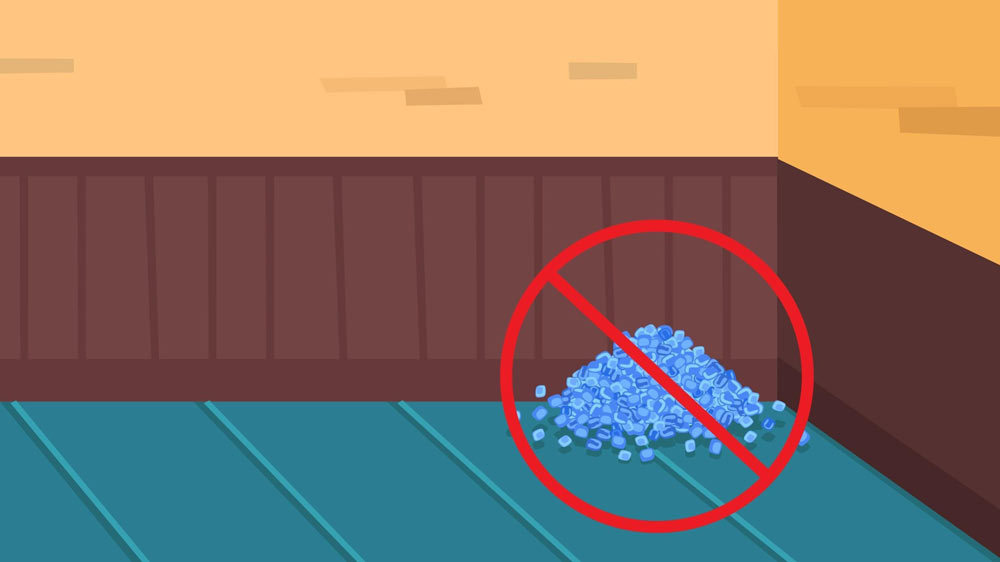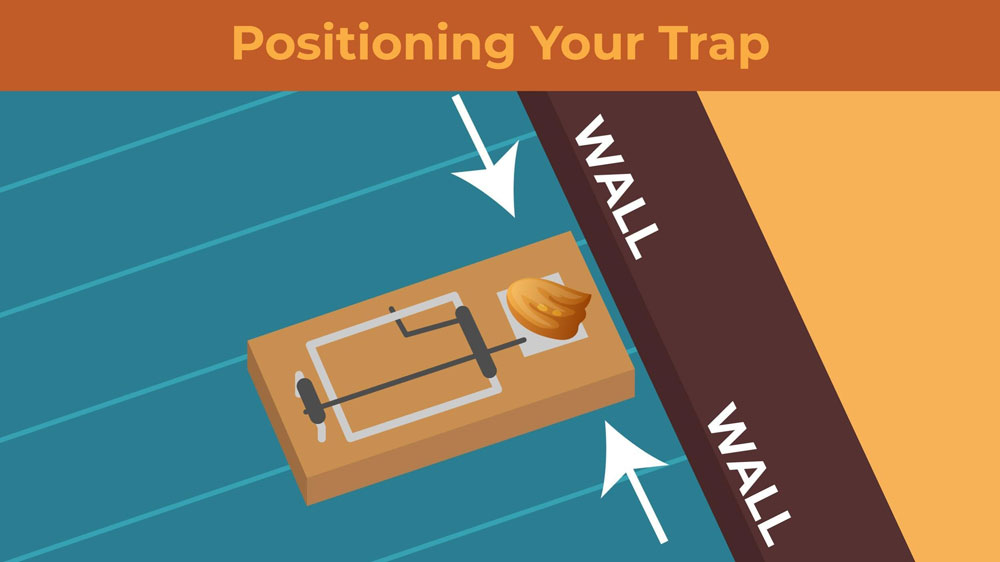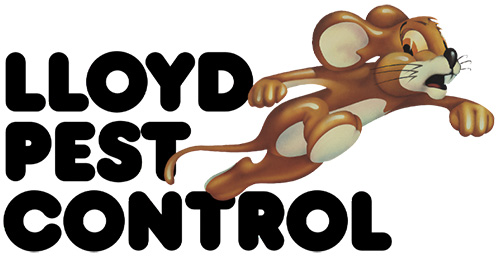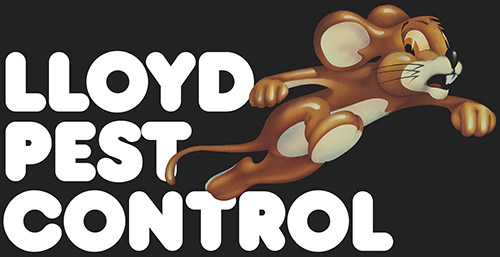How to Set a Mousetrap
Pest Control and Extermination TipsRodent Control and Extermination Articles
Whether they’re in the kitchen cooking up culinary classics or rescuing children in distress, anthropomorphic rats and mice have made their mark in the world of cinema and in our hearts. But don’t be fooled—rodents can’t possibly cook us fancy meals or have the wherewithal to carry out a rescue mission. (Or, uh, can they?) Contrary to the heroic agenda Hollywood has created around these little creatures, rodents haven’t really done any good for us throughout history (*cough* bubonic plague *cough*).
We hate to be the bearer of bad news, but commensal rats and mice (wild mammals that thrive in and around human habitations in Southern California) can be riddled with disease and contaminate your food sources.
While pet rats might be cuddly and cute, commensal rodents—including roof rats, Norway rats, and house mice—that infiltrate your home or business aren’t doing so to become your new kid brother. Rather, they are seeking out warmth, shelter, and a veritable smorgasbord of food to survive winter and propagate their species.
Unfortunately, once rodents have moved into your space, you can’t simply call up a Lyft and send them on their merry way. Adopting a new cat probably won’t work in your favor, either. (Just ask Tom.) Thankfully, our team at Lloyd Pest Control can help you learn how to bait and set a mousetrap properly, as well as guide you on the types of traps that can end up doing more harm than good.
The Best Mousetrap for Your Home or Business
Snap Traps
As the classic saying goes, “If it ain’t broke, don’t fix it.” In business since 1898, Victor® has provided snap traps that are simple, utilitarian, cost-effective, and get the job done fast. An efficient way to get rid of rodents without using poison, snap traps feature spring-loaded pedals and arm bars that are triggered once a mouse encounters the bait.
Setting Snap Trap Bait

Contrary to popular belief, mice and rats prefer high-protein, oily baits—such as peanut butter—rather than cheese. Additionally, peanut butter works best when you sprinkle a small amount of dry oatmeal on top of it, as rodents will be attracted to both the smell of peanut butter and the grains of the oatmeal.
Avoid Poisonous Rodenticides

When it comes to indoor rodent infestations, using poisonous baits can cause more problems than they solve. When a rodent ingests poison, they will journey back to their nest—oftentimes within your walls—and die.
Because it’s extremely difficult to source these dead rodents, their stench can emanate throughout your space for days on end. If you have pets or children in your home, poisonous baits can also pose a great deal of danger to their well-being, so it’s best to avoid them at all costs.
Snap Trap Placement

Traditional snap mouse traps should be placed perpendicular to walls or baseboards, ensuring a mouse can be caught no matter which direction it’s coming from. Mice have poor eyesight and use their whiskers to feel around, hugging the walls to keep their bearings as they scavenge for food or seek out shelter.
Note: When setting traps throughout your building or home, look for droppings or oily brown streaks (from the oil on rodent fur) along the base of your walls and place your stations in areas with noticeably high traffic.
Other Types of Non-Poisonous Rodent Traps
While classic snap traps are a great and cheap way to deal with indoor rodent infestations, there have, over the past century, been a few other attempts at building a better mousetrap. Other types of non-poisonous rodent traps include:
- Glue Boards/Sticky Traps – These are pretty much what they sound like—a small, cardboard dish filled with the stickiest gel imaginable. These work best for mice. The rat ones are big and have been known to catch dogs and cats. One time, our technician had to respond to a rattlesnake that was caught in a rat glue board. (These work. But here is the all-caps CAVEAT: Ironically, they are far less humane than the snap traps. Rodents die horrible deaths in glue boards—most often through suffocation or heart attacks. Some customers have reported that they have heard horrid sounds when employing glue boards. And, very often, a homeowner will return to a placed glue board only to find a rodent body part that was gnawed off by the rat or mouse. If you are planning to use a glue board because you want to make things better for yourself and the rodent… this is not your best bet.) Sometimes, though, glue boards are really the only viable option in a given situation, and you have to steel your heart.
- Live Traps – Humane traps that allow you to capture mice and release them back into their natural habitat, all without having to see or touch a mouse. (These work…but…releasing rodents back into the wild is not strictly legal…nor particularly advisable. So…maybe give your newly-caught rodent to one of your more callous friends…who will lie to you and tell you that he sold it to a traveling rodent circus…and that your rodent is now a big star in Europe.)
- Scent Repellents – Featuring peppermint oil—a scent that’s despised by rodents—scent repellent stations are a non-poisonous way to ward off rodents from entering your home or business. (We like the idea of this…because scent repellents can be strong deterrents. Deer really do avoid rosemary bushes, for example…but we haven’t seen these work with rodents. Like…ever.)
- Ultrasonic Sound Repellents – Much like scent repellents, ultrasonic sound repellents are a humane way to keep rodents out, as they emit high-frequency sound waves that create an unpleasant environment for mice or rats to live in. (People really believe in these things. They swear by them. They tell their friends, “Man! These things really work.” You should know that these are the same people that told their third-grade class that they stayed up and saw Santa Claus. #fail.)
- High-Voltage Traps – Electronic traps that provide a high-voltage shock, facilitating a humane, quick kill. (Not recommended. Just…no.)
Glue boards and live traps (if you are up to the challenge of doing the legal and right thing) are your best snap trap alternatives. Are they better than snap traps? Meh. But sometimes—in certain settings—glue boards and snap traps can be the only viable solution.
Catch Rodents in Southern California Once and For All
Rodent infestations can feel never-ending, especially when you’ve gone the extra mile to eliminate them and they just keep coming back. Rather than carefully covering every square inch of your floor with snap traps, our rodent control experts at Lloyd Pest Control can step in and help.
When you call us for rodent control, one of our technicians will inspect your home from top to bottom, taking notes of any evidence—such as mouse droppings, nest materials, gnaw marks, or oil streaks—and making exclusion recommendations to prevent additional rodents from easily getting indoors.
Then, utilizing trusty snap traps, glue boards, and self-resetting live traps, a supervisor will strategically place these rodent snares in areas that see the most traffic. In some severe cases, we will also utilize child- and pet-resistant bait stations to help cut down on rodent numbers around your property.







Valuable information. Lucky me. I discovered your site accidentally! Now I’ve bookmarked it.
Great to have you as a follower. Let us know how the trapping goes!
The mouse is really one of the major problem that most households are confronting today. The steps on how to set mouse trap were clearly explained in this blog. Thanks for sharing this one. Keep posting!
Thanks for the feedback. We have certainly worked hard to perfect our techniques during the last 80 years!
My cats bought in 2nd ever mouse… 1st one just stayed under fridge til mousetrap got it, but i’ve spotted todays in 3 different rooms already in coupla hrs. Why’s this guy acting so differently from 1st? Also how should i place mousetraps since so active & i cant leave traps in open by baseboards due to cats? I tried the “enclosed” traps thatcatch mice but u dosee them but tbey didntwork at all. Pl
I think the key word in your scenario is “cat.” A mouse wouldn’t choose to scurry so far from its base, but it could be compelled to by a predator – your kitty. One option you might try would be a shoe box with mouse hole cut-outs on opposite ends (preferably with the holes cut 1.5″-2″ near the corner of the box – so that you can place that side against the wall). Place a well-baited snap-trap or glue board perpendicular to the long wall of the box and set the box against the wall – with the baited side of the trap facing the wall, too). You can bait glue boards and snap traps with peanut butter and dry oatmeal. You can also bait the shoe box with a little dry oatmeal. You should probably tape the lid to the box (so the cat doesn’t open up the box and get into the trap). Later, when you go to check the box, make sure that you use rags to cover the two mouse hole cut-outs so that nothing comes pouring out onto your floor. Good luck. If you need professional help, give us a call. Here is our contact info: http://bit.ly/rMxBOM